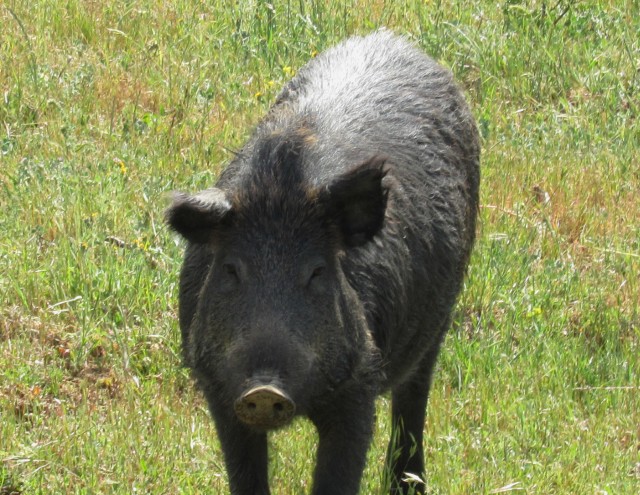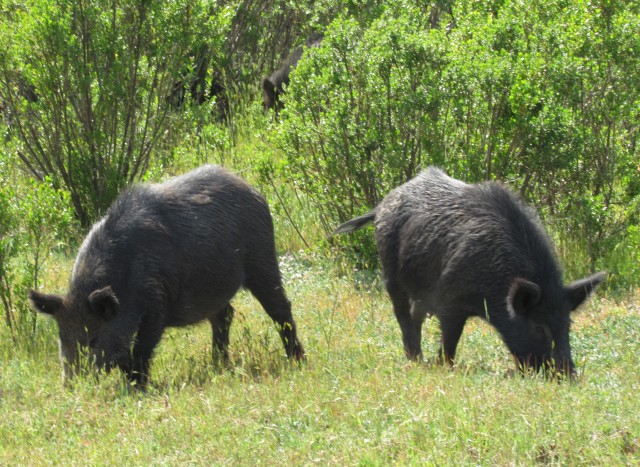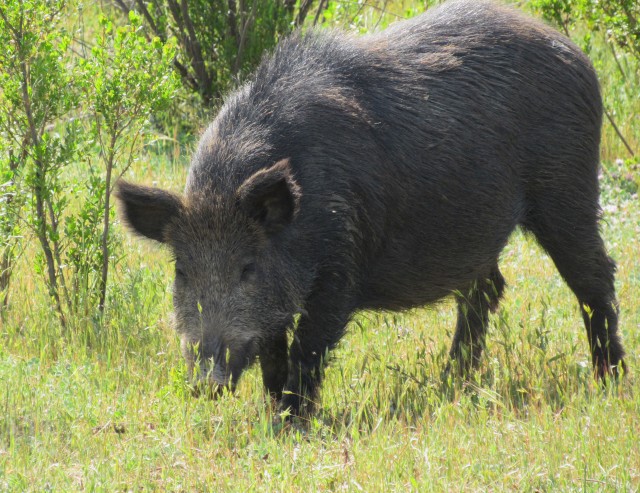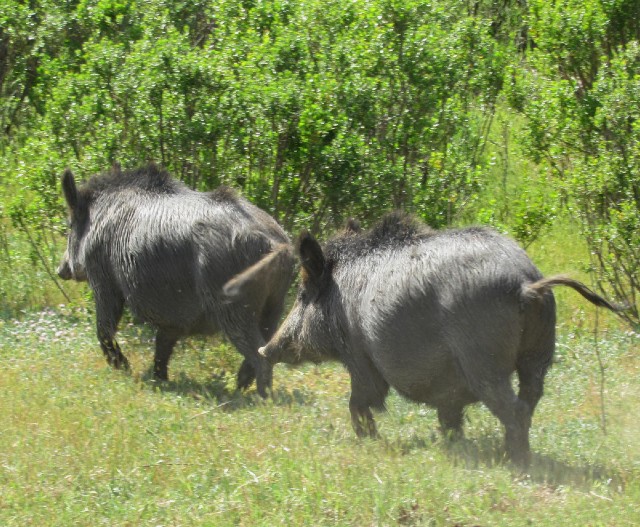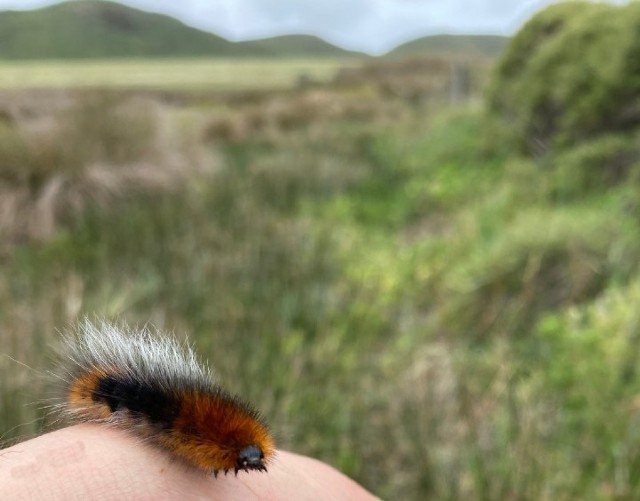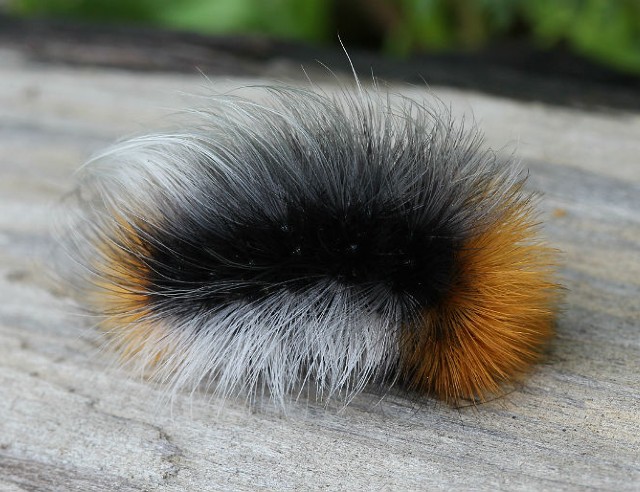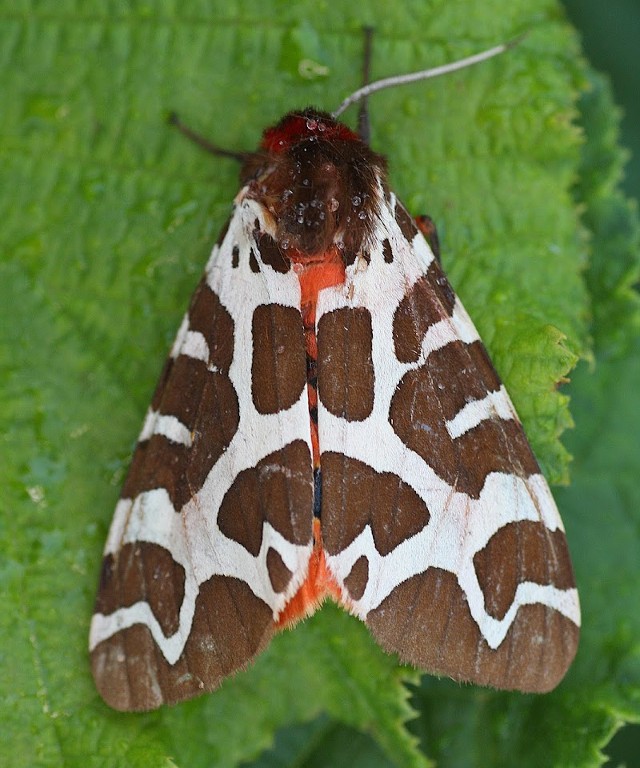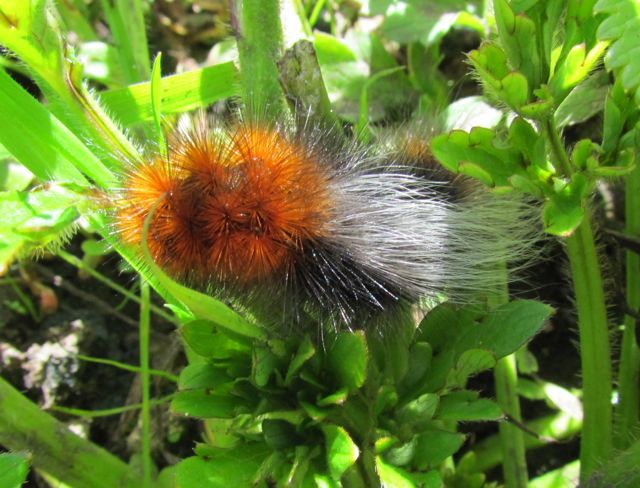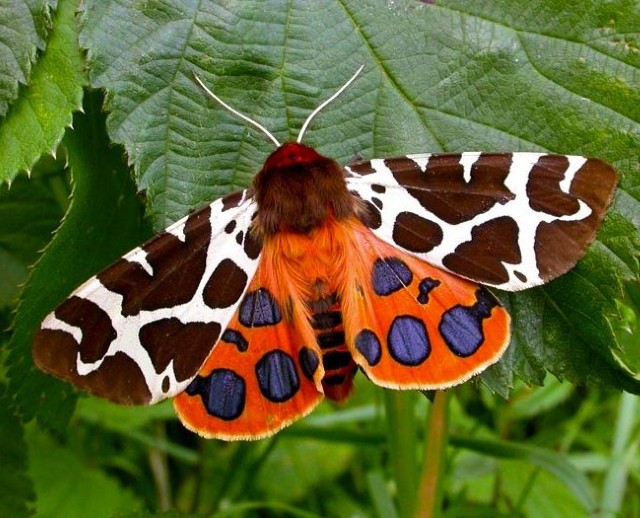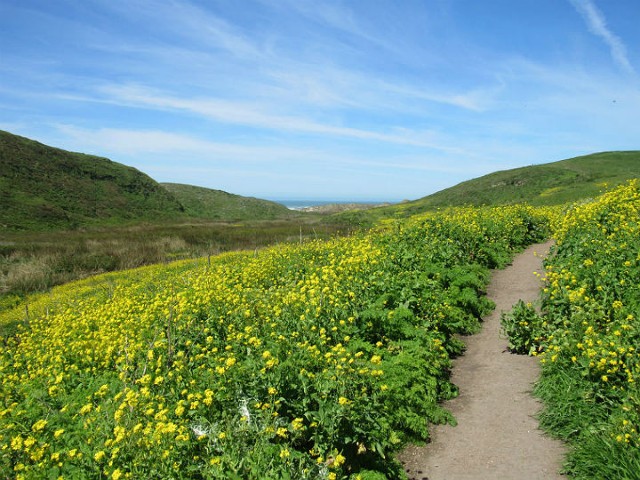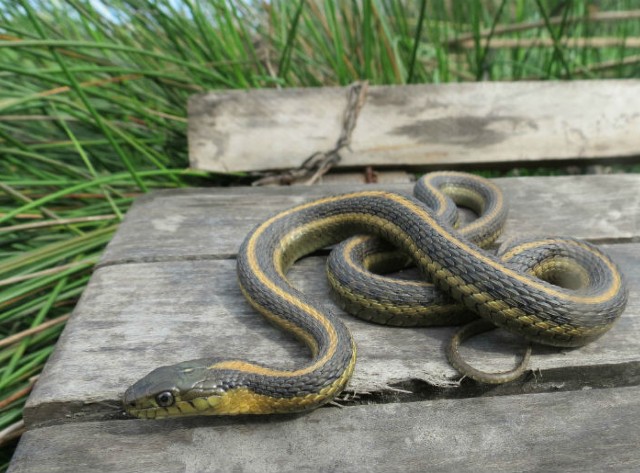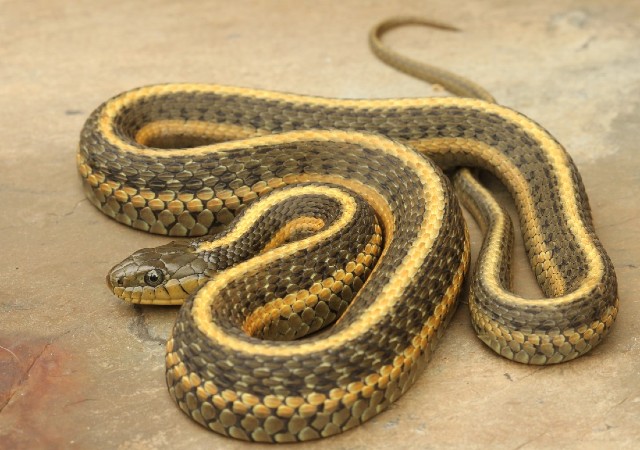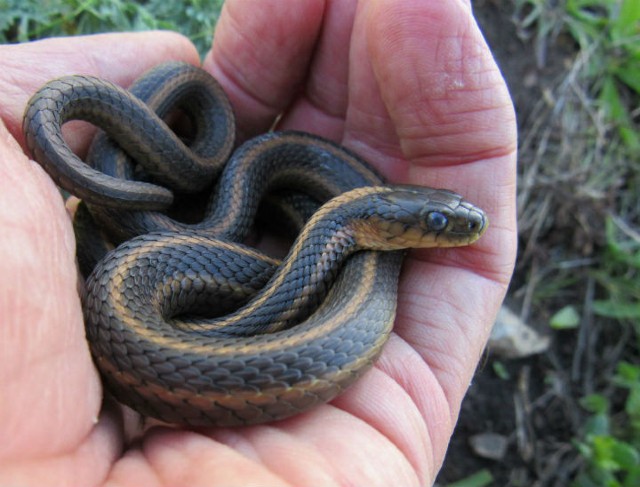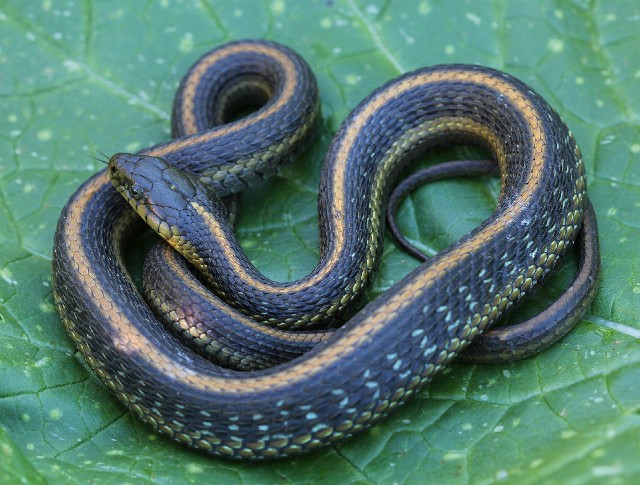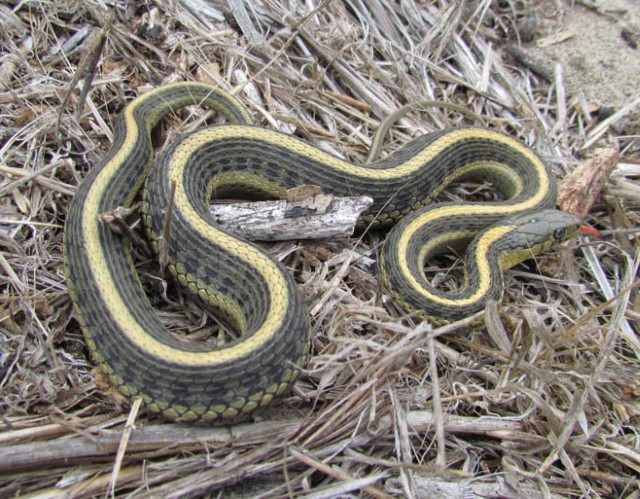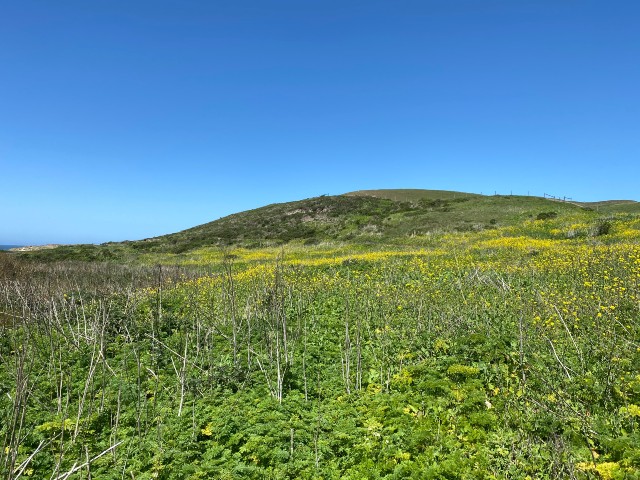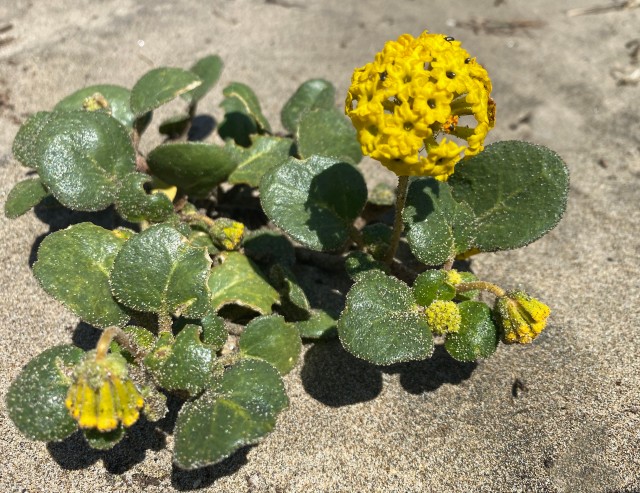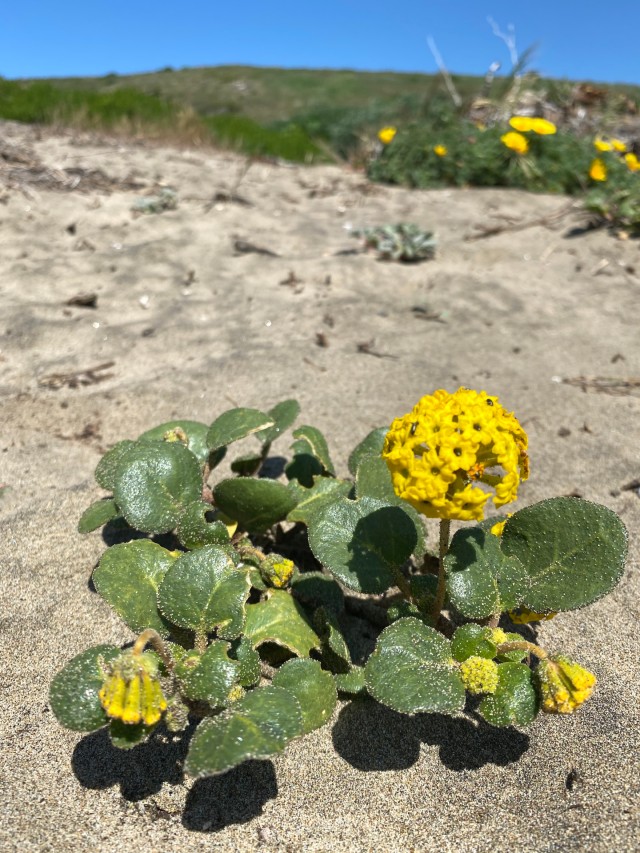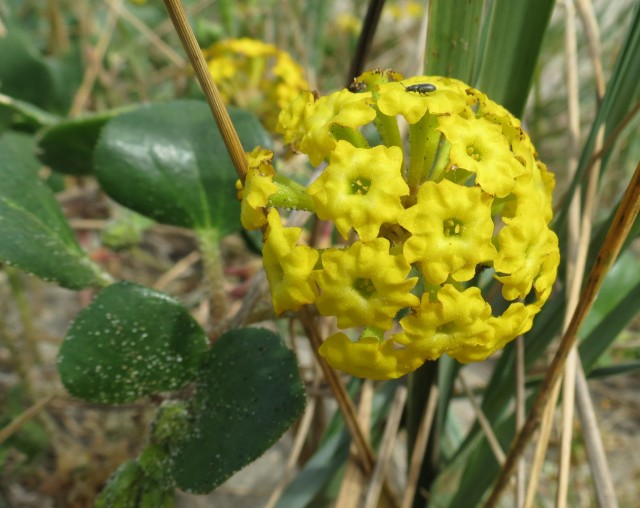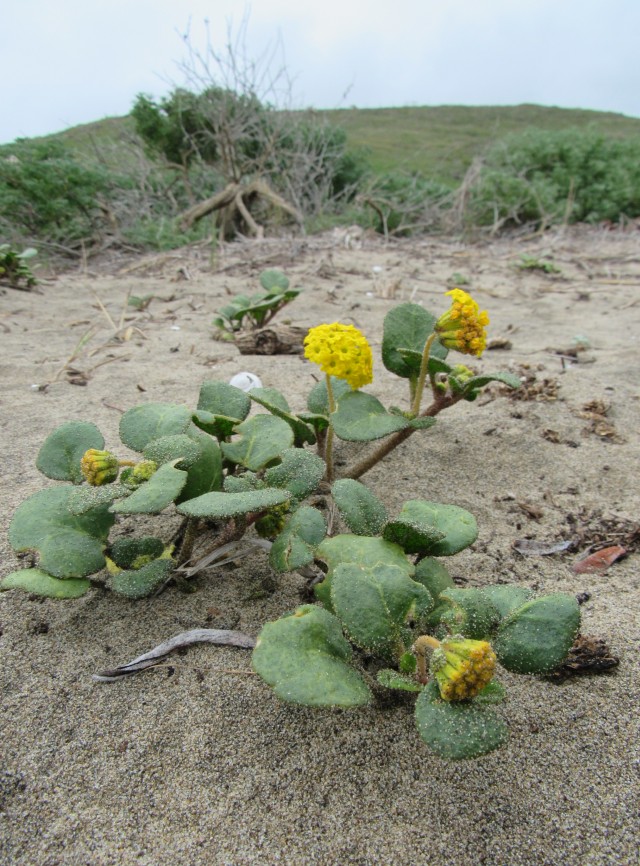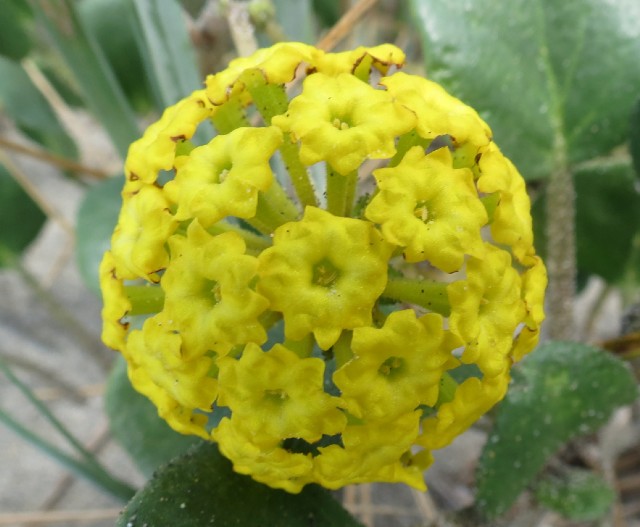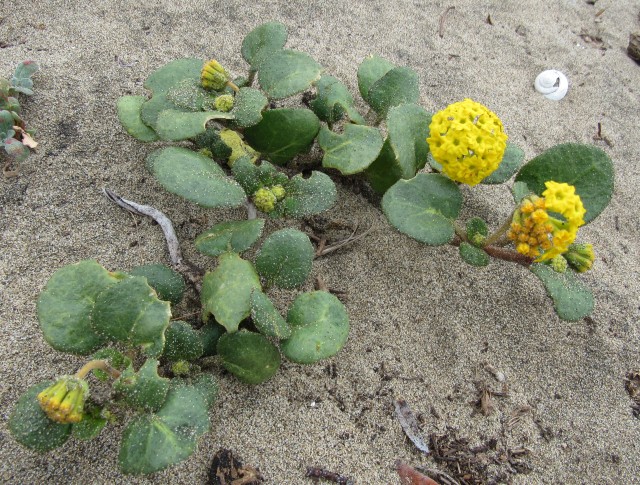While visiting Mount Hamilton in California, I noticed a few large, dark mammals in a hillside. I decided to investigate and encountered one of the widest-ranging mammals in the world.
The Wild Boar, is also known as Wild Swine, Common Wild Pig, Eurasian Wild Pig, or simply Wild Pig. Feral swine are not native to the Americas, they were first brought to the United States in the 1500s by early explorers and settlers as a source of food.
Today these mammals are a combination of escaped domestic pigs, Eurasian Wild Pigs and hybrids of the two. Their population is estimated at as many as 9 million and is rapidly expanding. Each female is capable of birthing at least two litters a year of six or more piglets.
Wild Boar are among the most destructive invasive species in the United States. They are wreaking havoc in at least 39 states and four Canadian provinces, where they do damage to the tune of $1.5 to $2.5 billion annually. They tear up recreational areas, occasionally even terrorizing tourists in state and national parks, and squeeze out other wildlife.
Their head is very large, taking up to one-third of the body’s entire length. The structure of the head is well suited for digging and acting as a plough, while its powerful neck muscles allow the animal to upturn considerable amounts of soil. They are “opportunistic omnivores,” meaning they’ll eat almost anything. They can do remarkable damage to the ecosystem, by hunting animals like birds and amphibians to near extinction.
Wild Boar are very smart and can get to be very big – a Georgia example named “Hogzilla” is believed to have weighed at least 800 pounds.



